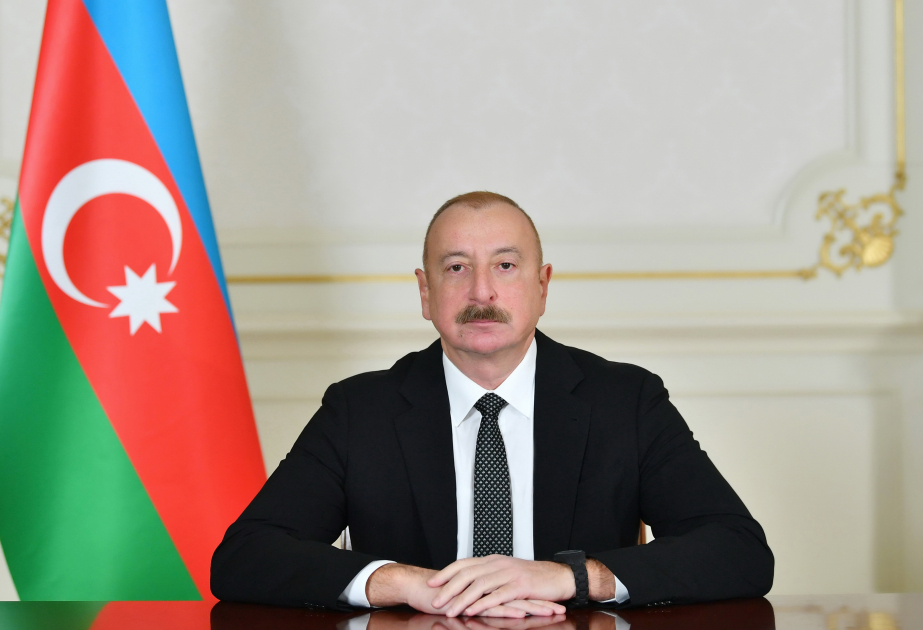The world's first professional, multimodal large language model (LLM) for the field of lunar science has been released in China to significantly accelerate the processing speed of massive amounts of lunar data, according to Xinhua.
The new tool was debuted at the China International Big Data Industry Expo in Guiyang, the capital of southwest China's Guizhou Province, by the Chinese Academy of Sciences' Institute of Geochemistry and the Alibaba Cloud Intelligence Group.
The Institute of Geochemistry has built a comprehensive "digital moon" platform with the world's most complete bank of data related to the exploration of the moon.
The LLM has created a "smart brain" for this digital moon. Ku Wei, vice president of the Alibaba Cloud Intelligence Group, said that the LLM identifies lunar craters and remembers them by size, depth and shape to provide scientists with important bases for their study of the moon's geological evolution.
There are more than 1 million lunar craters with a diameter of over 1 kilometer, and countless smaller ones, according to Liu Jianzhong, a researcher at the Institute of Geochemistry. Identifying all lunar craters would be impossible if we were to rely on manpower alone, Liu said.
Researchers now only need to input an image of a lunar crater, and the LLM will determine its shape, size and age.
"The accuracy rate is more than 80 percent, exceeding our expectations," Liu said.
Scientists say that the progress and development of planetary science depends on two factors: the development of deep space exploration technology, and the levels of data processing and application.
Scientific research driven by big data is changing the human science and technology development process, and the intelligence of the digital moon will accelerate China's lunar and planetary scientific research and innovation, according to scientists.
"The LLM is like a child with a very high IQ. We train and teach the child professional things. I personally believe that this child's intelligence may have reached the university sophomore level. We will let it continue to grow and help us solve more scientific problems," Liu said.


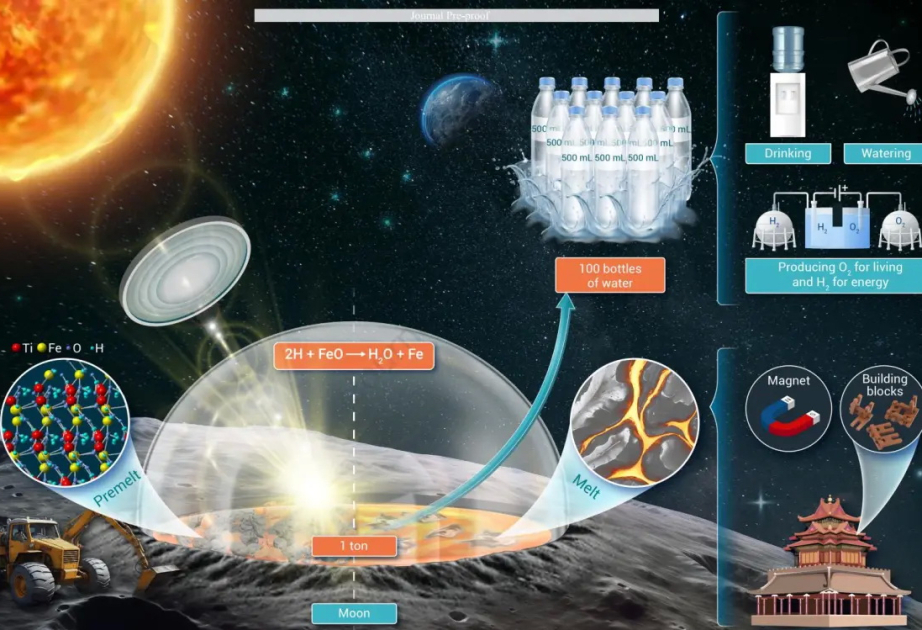
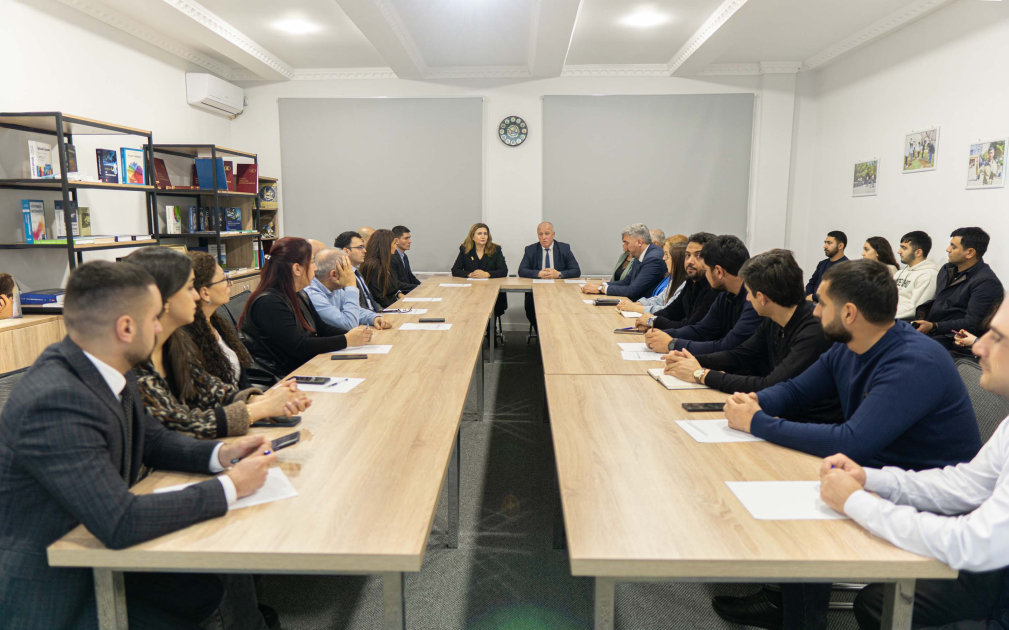

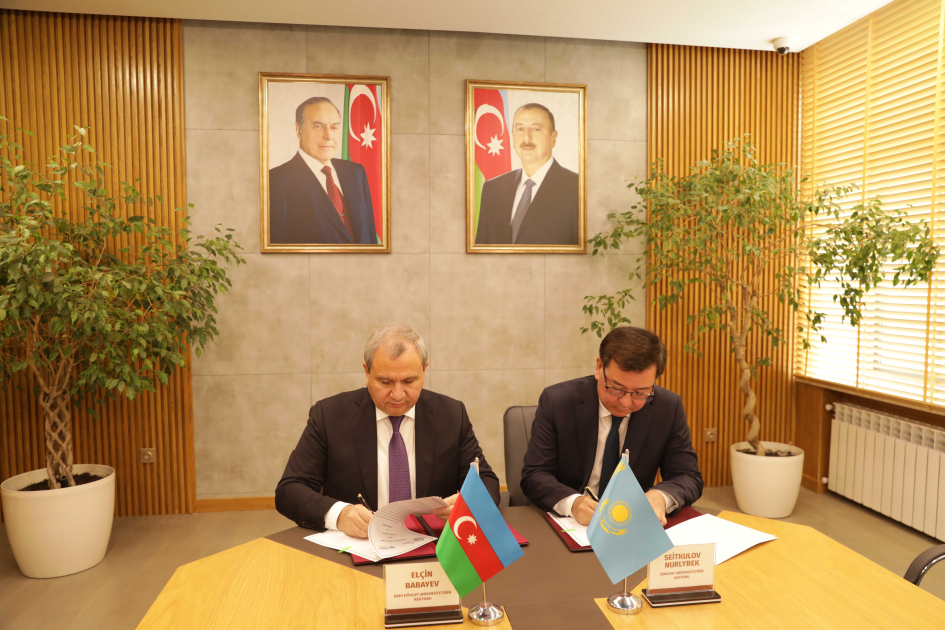
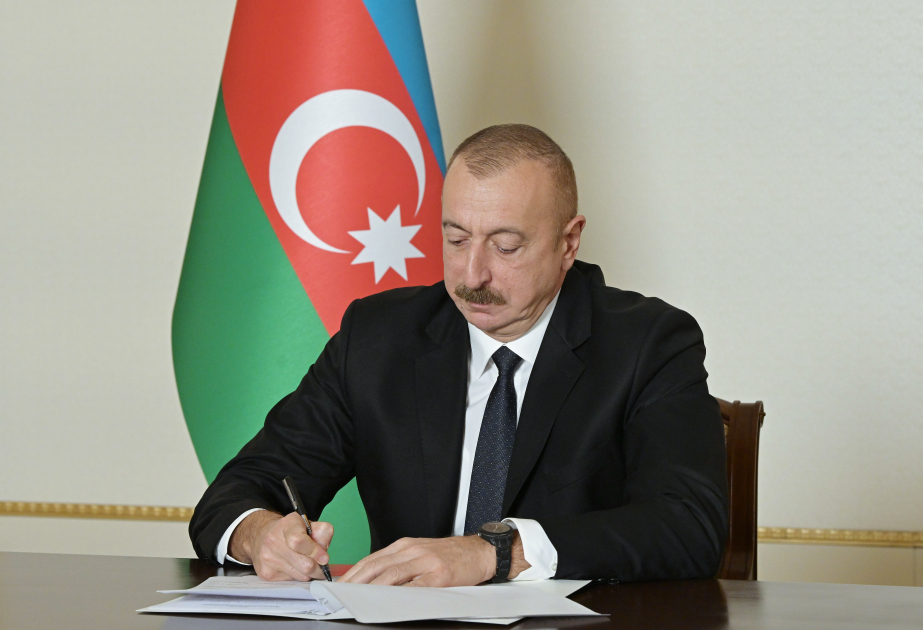
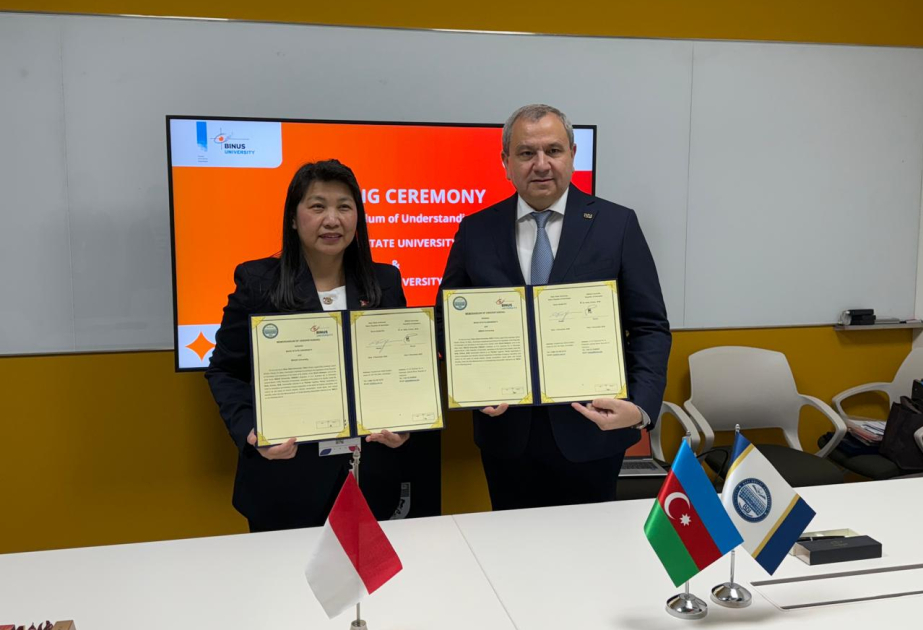
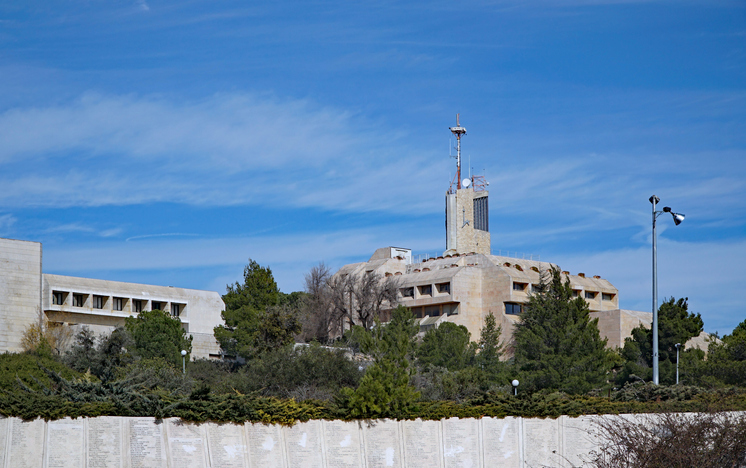


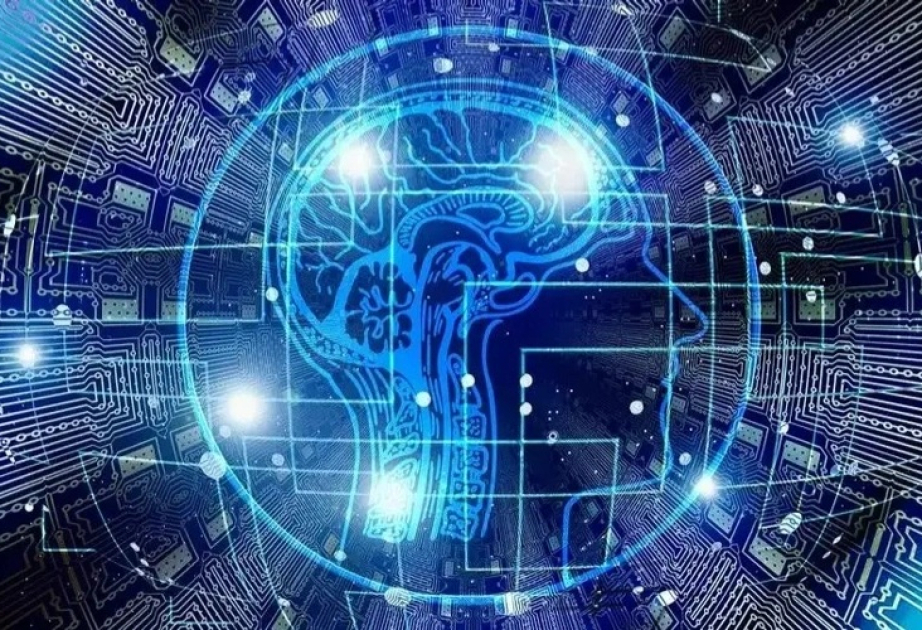



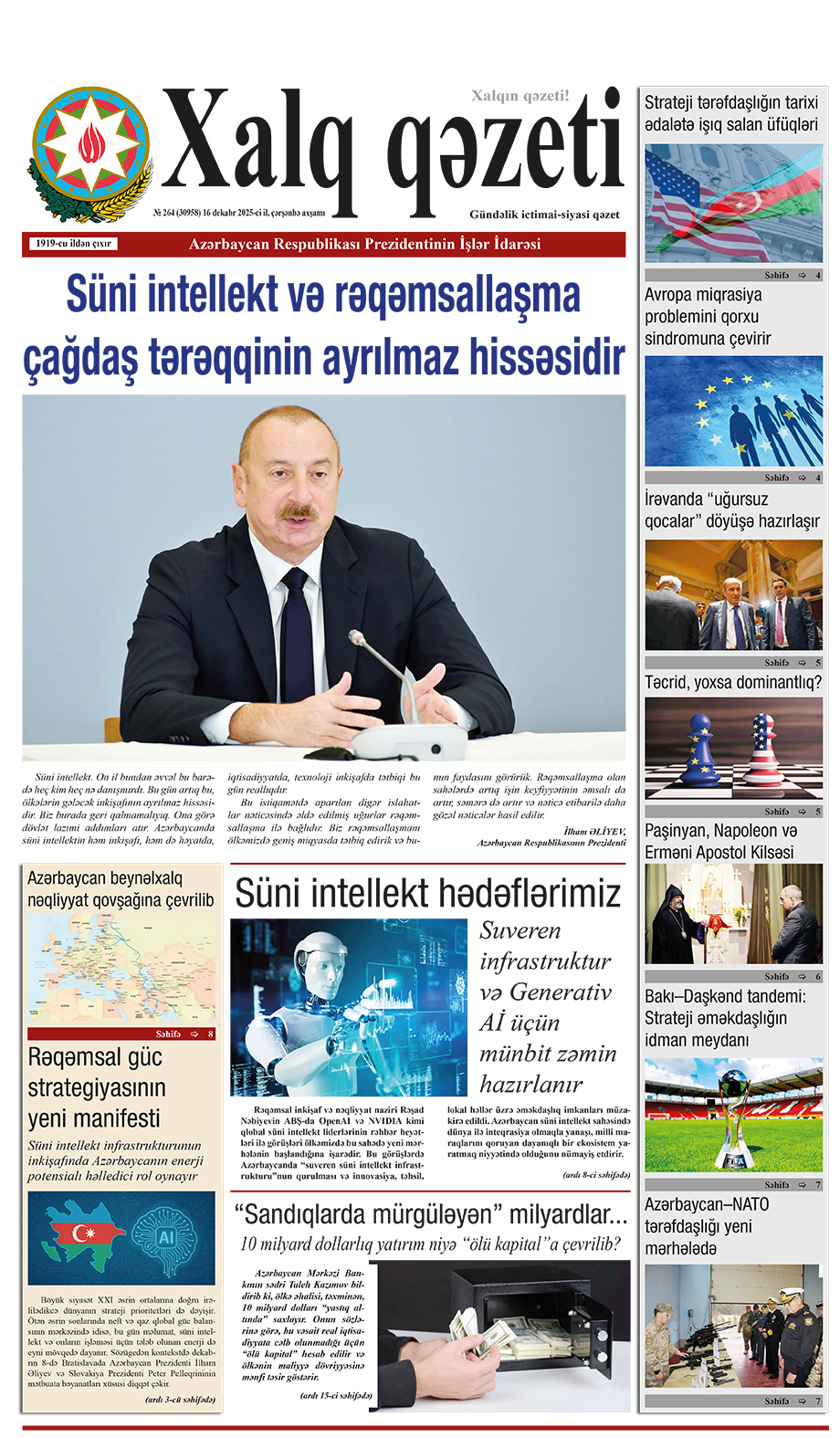

.png)


